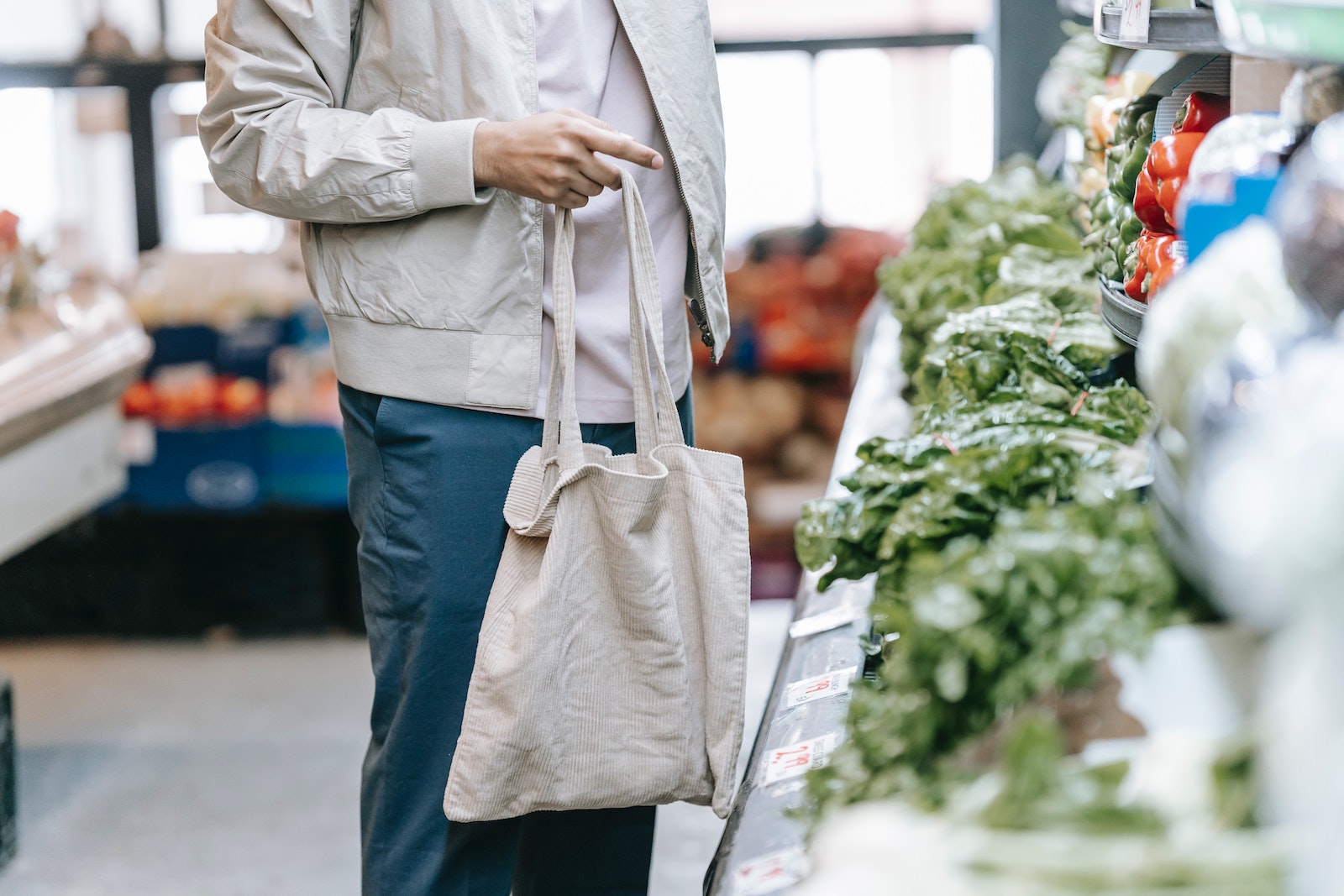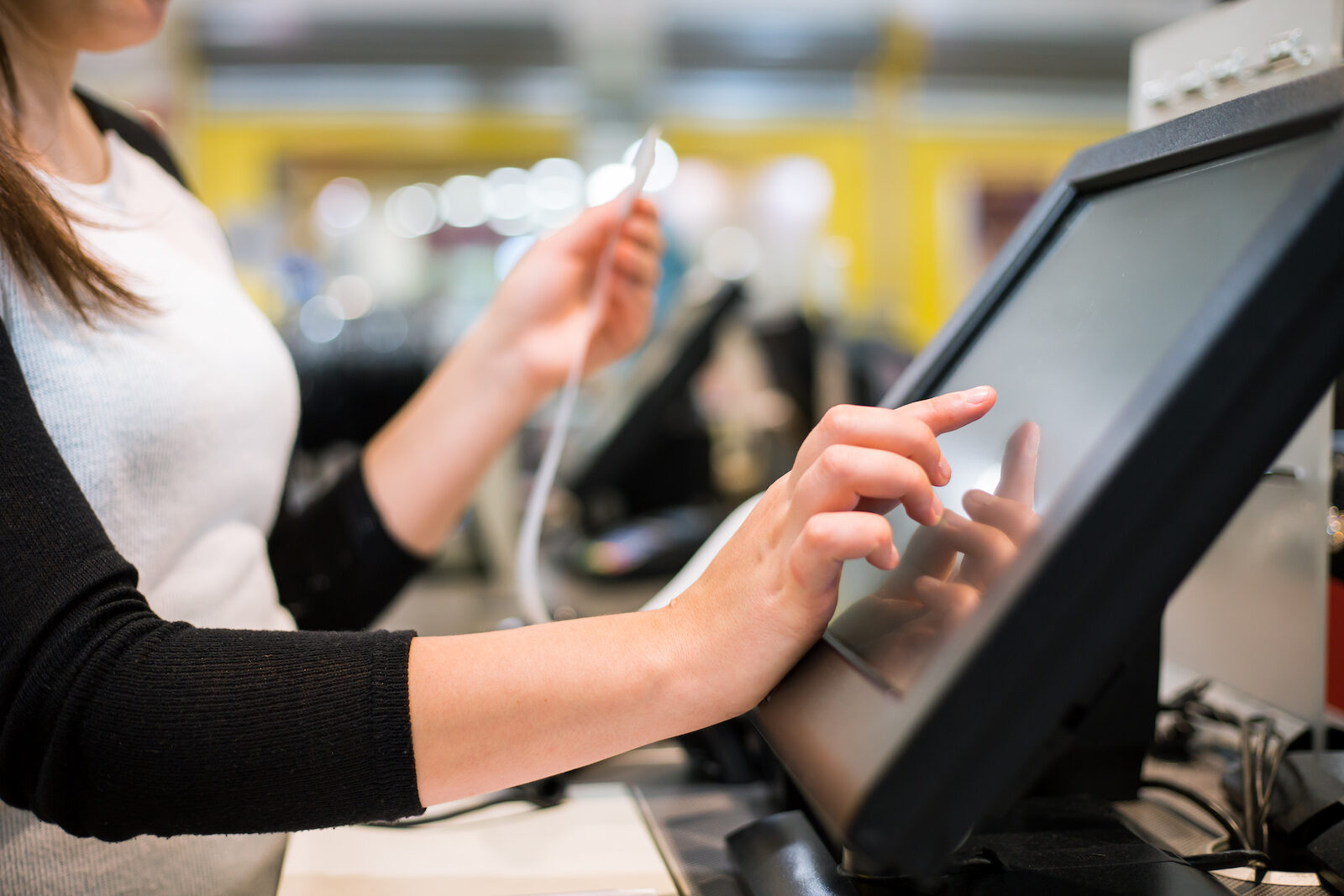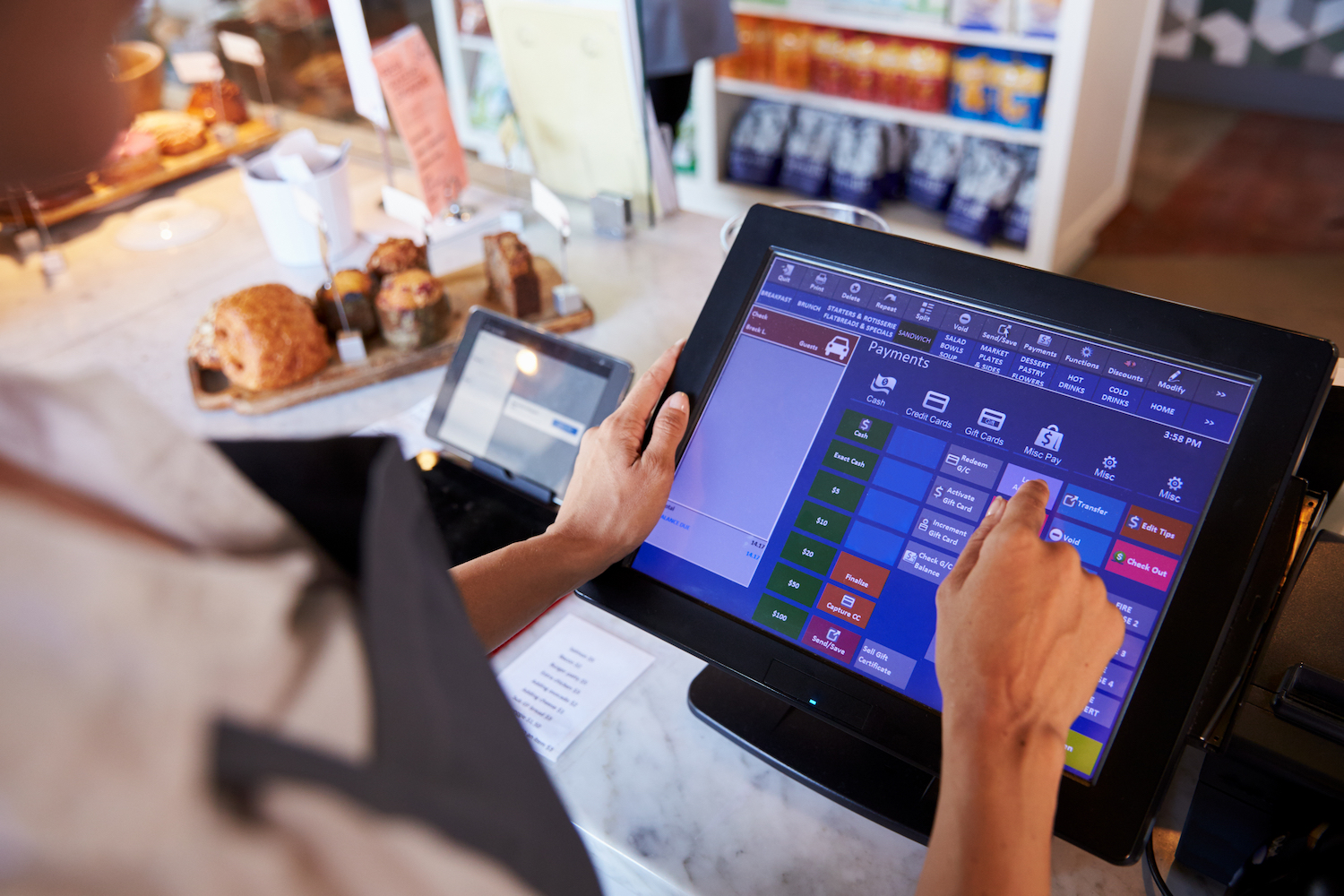Three Retail Technology Trends to Watch Out For in 2023
Once again, 2022 hasn’t been the easiest of years for retail. We might have finally shaken off the COVID-19 pandemic, but the economic fallout continues, not least in the form of persistently high inflation.
But, with retail sales showing encouraging signs of growth in the second half of the year, there are reasons to look forward to 2023 with optimism. As always, retailers continue to respond to the challenges before them with a great deal of creativity and innovation.
There is help available, of course. In the past few years, we’ve seen perhaps more than ever the power technology has to dig us out of tough spots and help to drive vital changes at speed and scale. Technology will continue to be vital in assisting retailers to get back to a position of strength through 2023 and beyond.
Here are three key trends we expect to make a difference.
Omnichannel POS solutions
There’s plenty of talk about how the numbers of people buying online keep on rising, especially in the wake of the pandemic. But all the doom and gloom about this being the beginning of the end for physical stores is a little premature. In fact, three quarters of consumers say they like the choice of being able to shop across multiple channels, online and offline.
If people’s shopping habits are increasingly omnichannel, retail technology has to keep up. More and more retailers are looking to run both their ecommerce and their in-store POS systems as a single, integrated solution, and we expect this to accelerate rapidly in 2023.
This makes sense for lots of reasons. Instead of treating online and offline sales separately, it means retailers always have a complete, unified picture of things like inventory and financial performance across the business.
It also lays the foundations for a more cohesive customer experience, however and wherever they choose to shop. Loyalty rewards can be redeemed in store or online, customer data gathered through a web store can be used to personalize service in person, shared inventory data can be used to extend fulfillment options and so on.
Self-service pick up lockers
Talking about fulfillment, one of the most visible ways in which online and offline retail journeys are merging together is the growing popularity of buy online, pick up in store (BOPIS) collections. Rather than wait on deliveries, a lot of people like having the choice to grab an item they’ve ordered at a time of their choosing or if they know they will be passing a store anyway.
A common pain point, however, is having to queue in store to make a collection. For retailers, it also creates an extra labor burden, perhaps meaning moving clerks off checkout or service to manage a collections desk.
That’s why self-service pick up lockers are becoming more and more popular in store. The likes of Amazon have popularized automated, digitally secured lockers for curbside collections. Retailers can enjoy the same benefits of providing customers with a safe, convenient collection option they can use when it suits them and without a queue in sight – and without having to worry about the staffing impact.
Flexible payments in store
Finally, one of the other advantages of closer integration between online and offline retail operations is that the two can learn a lot from each other. Ecommerce companies, for example, are finding ways to make online shopping more personal and interactive, the way it is in store when you can look at and handle products, and speak to an expert adviser for advice.
Similarly, physical retailers can learn a lot from ecommerce about making shopping journeys ultra streamlined and convenient, and also about offering flexibility and choice. For example, thanks to the innovations of digital payment platforms like PayPal and Klarna, online shoppers now have the option of spreading payments over a fixed period of time without the need to apply for a credit card.
This form of instant credit is just one example of payment flexibility we expect to see become more widely available in stores. As far as the tech required to make it happen goes, closer integration between ecommerce and POS will open the door.
Latest News

KEEP IN TOUCH
NEWSLETTER SIGN UP
| Products | Customer Portal | Contact | About Us |
1663 Fenton Business Park Court,
Fenton, MO 63026



